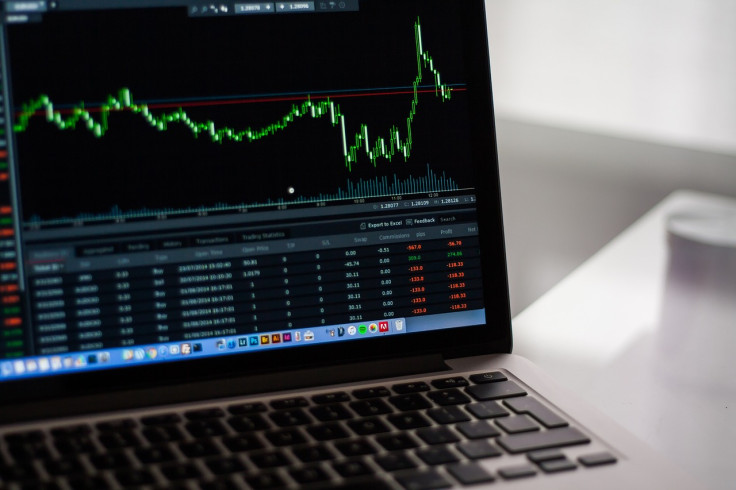Stocks And Bond Prices Move In Opposite Direction – What It Means For The Future Of The Mega Rally

U.S. stocks and bonds moved in the opposite direction last week. Major equity averages headed north as bond prices headed south, complicating Wall Street's next move.
The S&P 500 closed at 4,839.81, up 1.20% for the week; the Dow Jones at 37,4853.80, up 0.70% and the tech-heavy Nasdaq at 15,310.97, up 2.2%.
The rise in equity prices, which took the S&P 500 and the Dow Jones to new highs, came as bond prices moved lower and yields higher. The benchmark 10-year U.S. Treasury bond ended the week with a yield of 4.14%, up from 3.96% from the previous week after trading as high as 4.19% in early Friday trade.
For most of the week, stocks and bonds were caught between positive earnings and economic news. The positive earnings news came from Taiwan Semiconductor, which pushed semiconductor stocks like Nvidia, AMD and Broadcom higher. Thus, the mega-cap rally made NASDAQ the winner of the week.
The positive economic news came from the U.S. government on several fronts. First, on the retail sales front, with December sales of the nation's retailers rising at an annual rate of 5.6%, up from 4% in the previous month and ahead of Wall Street expectations. Retail sales make up a big chunk of aggregate demand and are a significant driver of economic growth.
Second, on the labor market front, jobless claims rose by 180,000 last week but less than 183,000 in the last week and below market expectations. It suggests that the labor market continues to cool off but doesn't point to a "hard landing."
Third, on the consumer front, two surveys from the University of Michigan reaffirmed the belief that American consumers continue to be in good shape. The Michigan Consumer Sentiment and the Michigan Consumer expectations were 78.8 and 75.9, respectively, ahead of market forecasts.
A strong economy is a mixed blessing for equities. On the one side, it boosts corporate sales and earnings of cyclical sectors, helping push shares of companies in these sectors higher. On the other hand, it supports the push for higher inflation and interest rates. Thus, there was initial confusion among equity traders and investors following the release of the economic data and the taming of the gains in major equity averages.
Meanwhile, higher inflation and higher interest rates are negative for long-maturity bonds. And that could explain the decline in bond prices and the rise in yields during the week.
Still, rising bond yields didn't cool off Wall Street's obsession with impending interest rate cuts, aiding the positive sentiment among equity investors.
"The reasons the market has caught an edge this past week and reignited a bit after the slow start to the year are pretty straightforward," Jeff Krumpelman, chief investment strategist and head of equities at Mariner Wealth Advisors, told International Business Times. "We have had some good earnings reports from several well-known tech companies; economic data has been surprisingly solid a la the retail sales report, recent consumer confidence data, and just yesterday, the market liked some of the comments from a Fed governor who suggested the Federal Reserve very well could begin to cut rates soon given the positive trends on the inflation front."
Matt Willer, a private asset investments expert, was skeptical about the action on Wall Street last week. "This week was a classic push vs. pull in the markets with considerable volatility but relatively flat, albeit near all-time highs," he told IBT. "Giving the market pause were strong employment numbers, which the market can digest as a sign that rates might not drop as fast as forecasted, in addition to the ongoing tension in the Middle East."
Willer believes domestic and international politics played a role in Wall Street's lack of conviction. "All things said, the market is trying to find its direction given all the news we are digesting from the international, political and domestic financial data while closing out around all-time highs," he added.
Arnim Holzer, global macro strategist at Easterly EAB Risk Solutions, thinks the next catalyst for the Fed and Wall Street will be the labor market report to be released early next month. "The FED does not ease prematurely or aggressively unless the labor data shows real weakness," he told IBT. "If some of the recent stickiness and energy-related strength don't relent, there is a risk to equities that yields pop up again. But investors see much of this as transitory now and focus more on labor data to forecast FED policy."
© Copyright IBTimes 2025. All rights reserved.






















